The Art of Curation
Tiffany Tsao • 18 March 2022
At The Circular, we think a lot about curation. It’s our raison d’être, after all. We look through the enormous list we’ve compiled of 'Pieces We Think Are Awesome with a capital A' and think about how they speak to each other. We think about how best to foreground these dialogues through the theme we choose and what pieces we select. We ask: in what order should the pieces be read? Which lines should we quote? How can we describe each piece without being reductive?
So, perhaps it was inevitable that we would one day curate an edition about curating. We begin with Sachini Poogoda and Lauren Pratt exchanging their impressions of the 'Connections' exhibition at Western Australia’s Boola Bardip museum. From there, we hop to the National Gallery of Victoria, where Jared M. Field shares his thoughts on their 'Big Weather' exhibition.
Is it possible to curate an item that is digital, time-specific, and diffuse? Tiiu Meiner grapples with the problem of how to collect, archive, and display conspiracy theories for a museum-going public.
We’ve included two texts from the five that make up 'Arts Lives Here' – a collaborative art criticism series between The Finishing School, Parramatta Artists’ Studio, and Griffith Review. (We encourage you to check out the whole project.) How does the artist – and more specifically, the artist who is a mother – curate her artist self? Felicity Castagna and Sheila Ngọc Phạm explore these issues in their critiques, respectively, of Linda Brescia’s and Marikit Santiago’s artwork.
'I’m just going to make a confident stance with it. Whether it’s taboo or not, whether it’s welcome in the Australian contemporary art world or not, that’s where I’m at': Santiago can use her art to defy and define herself. But what of those whose lives are curated for them? The closing piece in our collection – Eunice Andrada’s powerful poem 'Pipeline Polyptych' – sheds light on the saintly poses in the structures of 'colonial architecture' that, throughout history, Filipino women and men have been forced to strike and hold.
And speaking of curation, we’re pleased to announce that our curator for next week will be none other than Jon Tjhia. He will be drawing on his expertise as a radio-maker, musician, artist, and writer to guest-edit a special audio issue of The Circular, and we couldn’t be more excited. (Do subscribe so you don’t miss it!) We close with his recent essay on capitalist society's bizarre and chilling drive to quantify, standardise, optimise, fungible-ise people, communities, life.
What deserves a glass case?
Sachini Poogoda & Lauren Pratt, Portside Review, Issue 2
Sachini Poogoda: I understand what you mean about the museum exhibition focusing a lot on the Indian Ocean being a mode of travel, particularly for ships from colonial England, which is not quite what I expected. I thought it would give more weight to the countries connected through it, kind of like what Weihsin Gui discusses in the piece we published in PR’s first issue, 'How to Know the Indian Ocean.'
Lauren Pratt: Yes, I agree with you – I wasn’t expecting the exhibition to focus so heavily on British and Western Australian connections. I also wish that there was more detail about cross-cultural relations and how cultures from across the Indian Ocean have impacted and influenced each other. Some displays, such as the one you mentioned, were so small and made up a tiny part of the overall exhibition when cultural appropriation is actually a really complex topic.
(Note: many thanks to Portside Review for granting open access to this piece.)
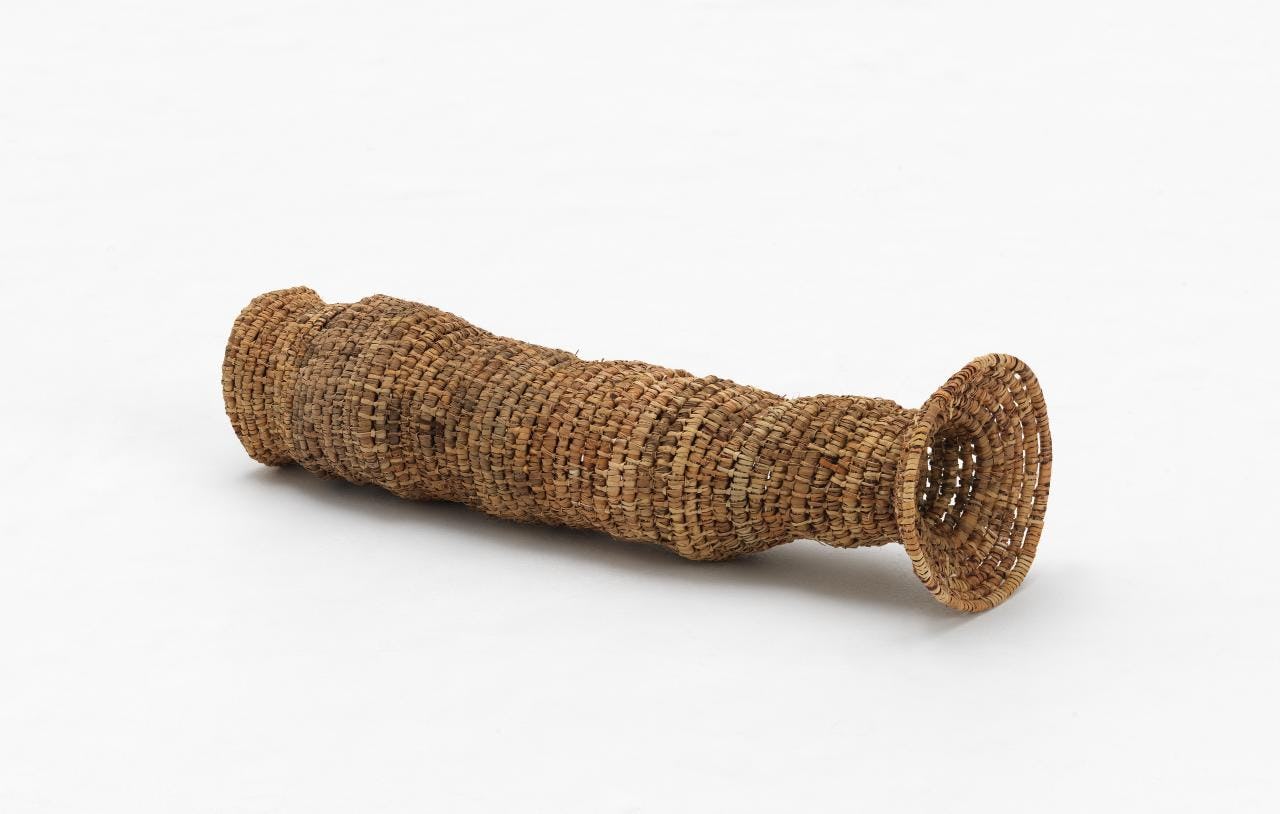
But goodways
Jared M. Field, National Gallery of Victoria, April 2021
The signs saying 'do not touch' speak volumes of the very particular craving of touch we all must have when inside. There are, however, to my knowledge absolutely no signs saying 'do not smell'. In light of this, I encourage everyone to very carefully sniff the next ochre painting they see. Though the Wanjina of Mingelmanganu are on canvas, their odour hints at their hidden history.
(Note on access: this page may take a little while to load, but be patient if you can.)
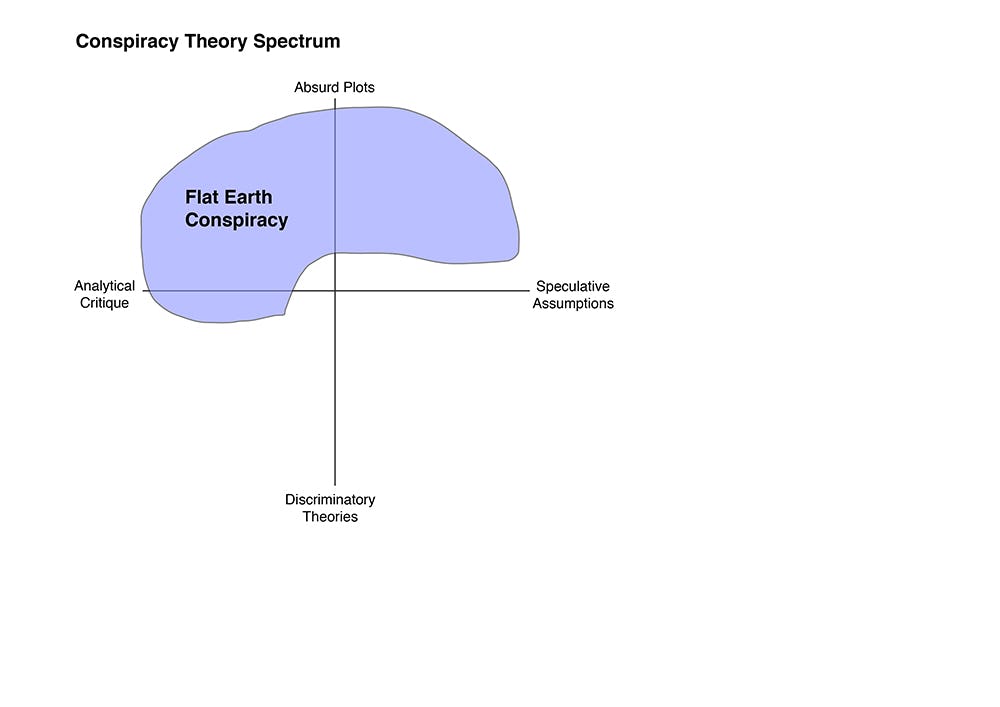
Conspiring to Curate Conspiracies
Tiiu Meiner, Running Dog, October 2020
Since all conspiracies are a potential threat, and we must also discuss them as cultural objects, then we must grapple with the dilemma of giving them a platform, which risks spreading or strengthening their fallacy. Thus, we face a problem in museum practices – for how can we collect, archive and display conspiracy theories for the museum-going public.
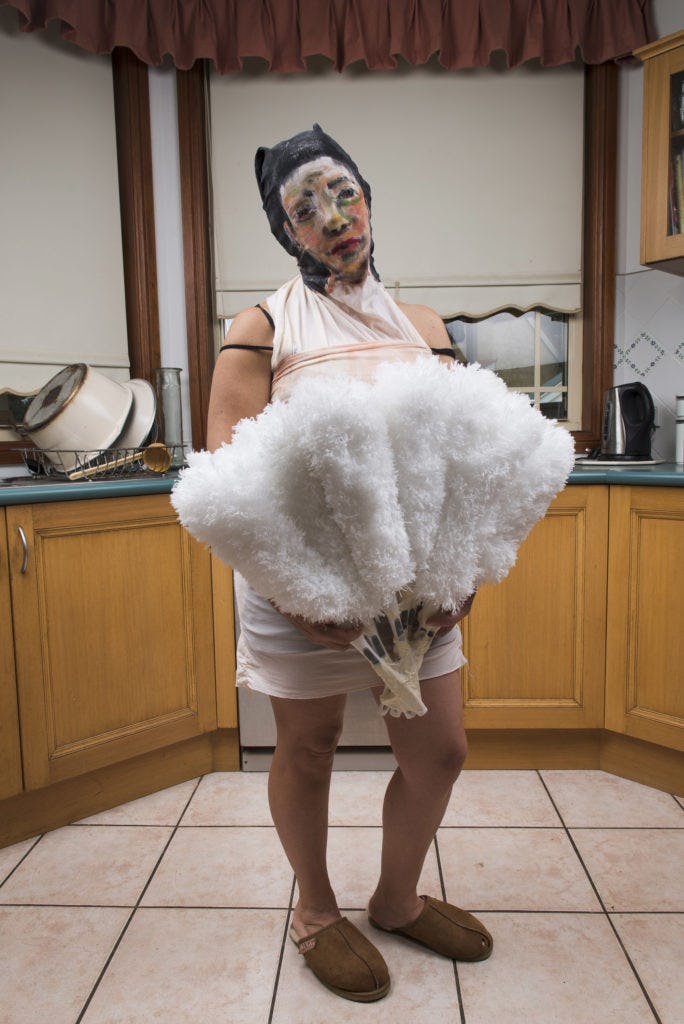
Domestic. Surburban. Mother.
Felicity Castagna, Griffith Review
When I interrogated [Linda Brescia] and the other mother artists in Sydney’s west about how we (I?) could keep on making art she responded: 'I consider myself a feminist but I’m the one who scrubs the toilets.' In my mind that line is essentially what all her art is about – that seemingly contradictory position of being a deeply political feminist and knowing that at the end of the day you’re still responsible for cleaning the shit.
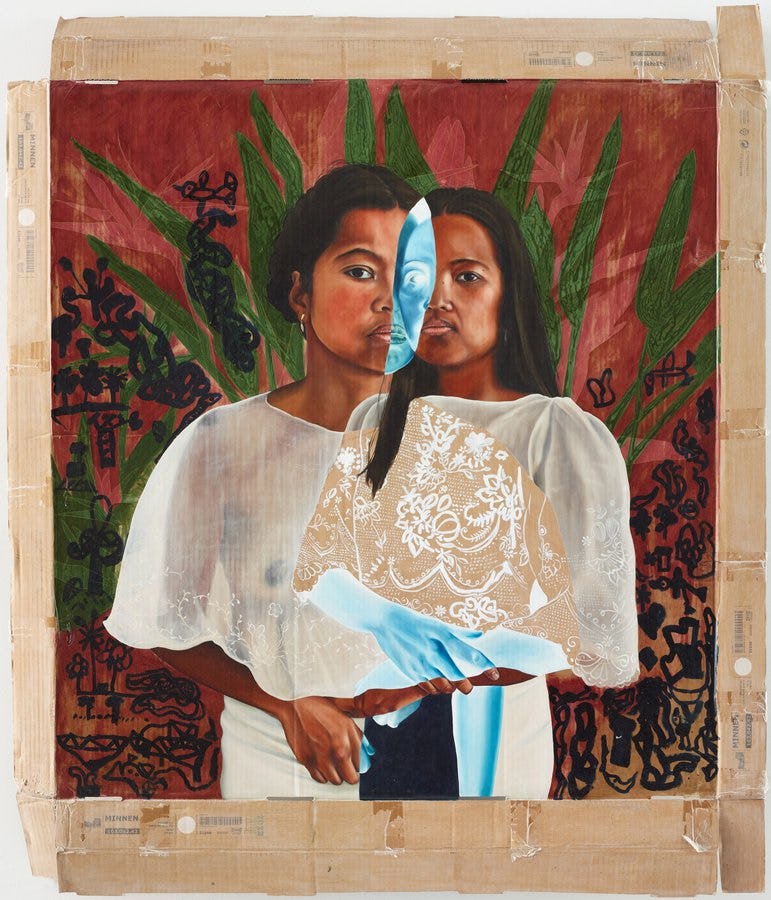
Conflicted Feelings: in conversation with Marikit Santiago and her work
Sheila Ngọc Phạm, Griffith Review
Instead of separating out the different parts of her life, Santiago finds ways to 'live across', and this has led her to consciously bringing her children in as collaborators as well as subjects. Her depiction of them in The divine – awarded the prestigious Sulman Prize in 2020 – is their most notable appearance. The painting is a profound expression of maternal love as well as a meditation on legacy and the idea of original sin as 'an inherited condition' that spans generations.
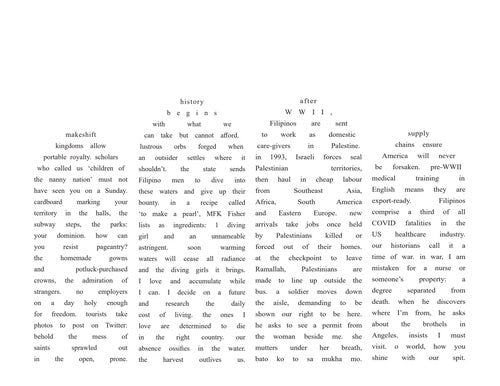
Pipeline Polyptych
Eunice Andrada, fine print, Issue 27
lustrous orbs forged when an outsider settles where it shouldn’t
From Andrada’s accompanying note: Arroyo’s Super Nanny Program has now ended, but there are lasting systems of colonial architecture (3) which continue to train and export Filipino women to work as nurses and domestic care-givers in wealthier nations. The deal remains the same – young Filipino women are called upon to sacrifice for their families in order to keep them alive, but their labour will be sacrificed to empire.
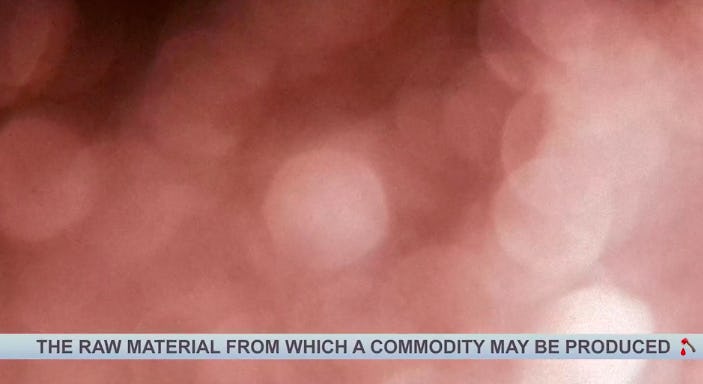
––––––––––––– complete –––– replacement
Jon Tjhia, un Magazine, November 2021
The industrial imaginary leaves our bodies behind, adrift in a reverie of largely meaningless misreadings. Nutrition is a broken mirror, a poorly executed 'god trick' peddling human dominion over nature.
A reminder that our open call for guest editors closes on 1 April. We seek three guest editors to curate the following editions for first weeks of September, October, and November 2022.
- An audio edition that brings together compelling non-fiction audio recordings according to an organising principle of the guest editor’s choice.
- A graphic edition that brings together compelling graphic non-fiction according to an organising principle of the guest editor’s choice.
- An open edition, curated according to any organising principle of the guest editor’s choice. You can find the full details on our website.